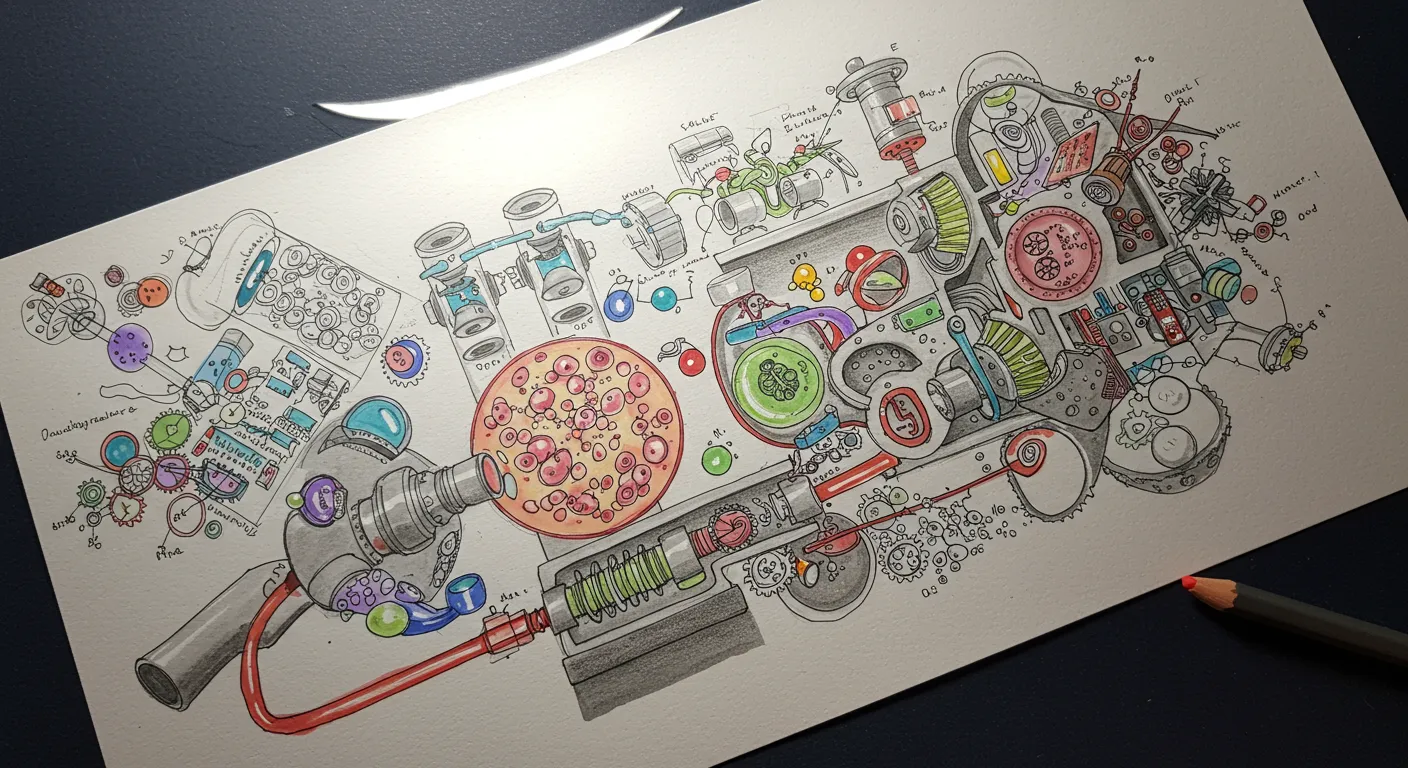Online commentators are buzzing about the potential of acoustic levitation in scientific imaging, seeing beyond just a novel technique to a transformative approach for capturing intricate details of small subjects.
The conversation reveals a deeper fascination with image precision. Photography enthusiasts are particularly excited about the potential for creating razor-sharp, fully focused images of tiny objects that traditionally have been challenging to photograph. One commentator noted the potential for photogrammetric 3D scans, suggesting that rapid image capture while an object tumbles could yield comprehensive visual data.
The technical community is drawing parallels with existing photography techniques like focus stacking, where multiple images at different focal points are combined to create a hyper-detailed final image. Some see acoustic levitation as a natural extension of this approach, offering unprecedented control over subject positioning and clarity.
While the method is still emerging, the underlying excitement stems from its potential to break current limitations in macro and microscopic photography. By suspending subjects in mid-air, researchers could potentially eliminate background interference and capture images with unprecedented detail and precision.
The technique represents more than just a technological novelty—it's a glimpse into how innovative physical manipulation could reshape scientific imaging, opening new windows of observation for fields ranging from biology to materials science.


